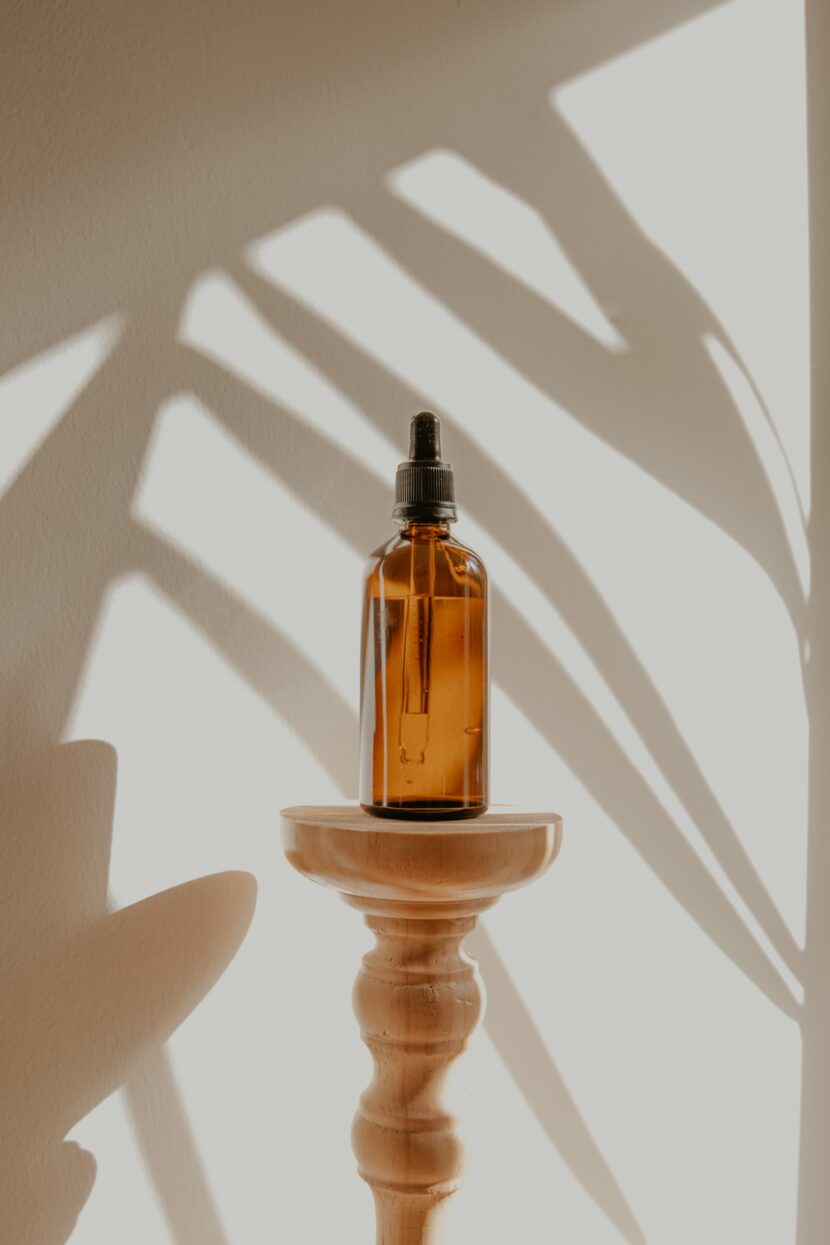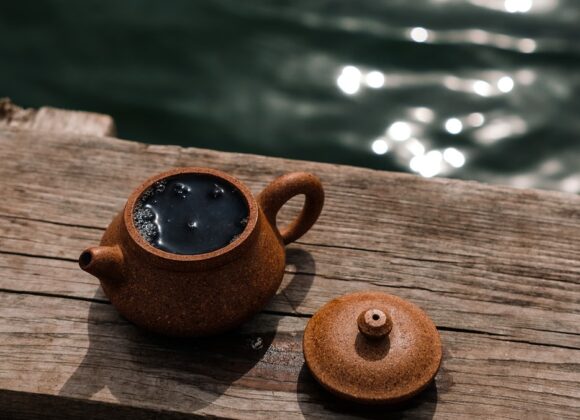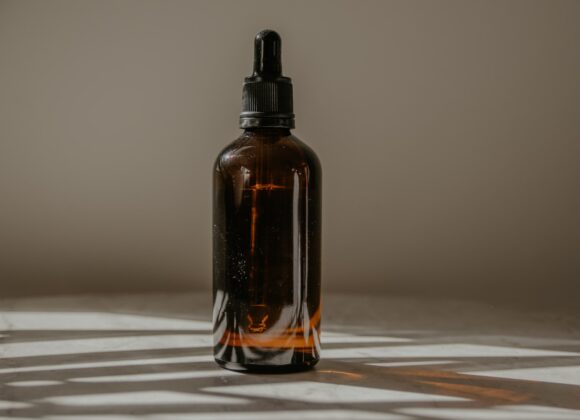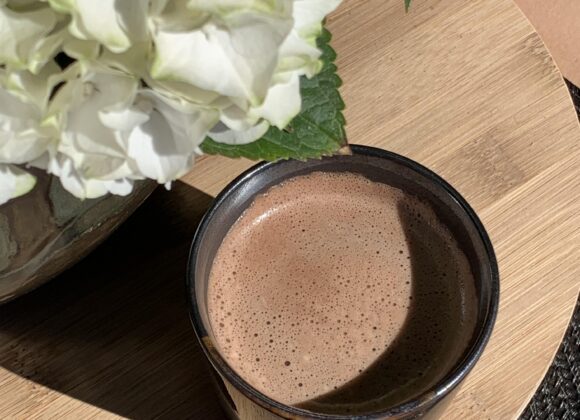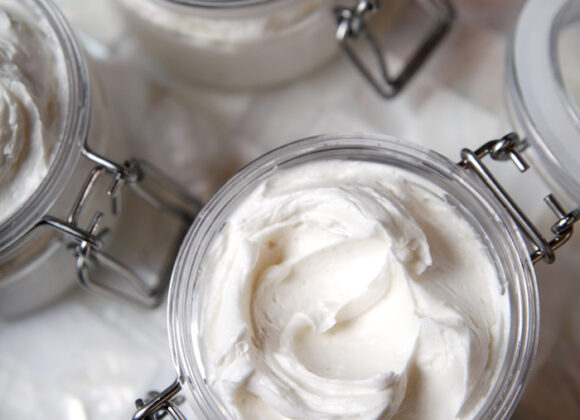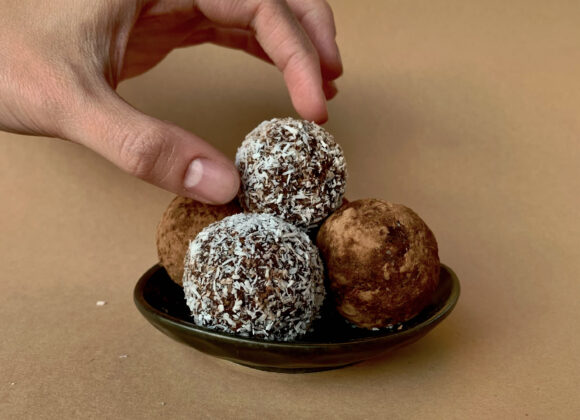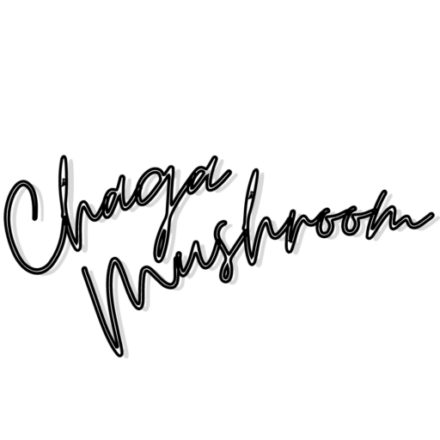Vinegar extraction is an alternative way to make Chaga tincture, offering a very similar value as alcohol-based tinctures. The speed with which the Chaga micronutrients reach your bloodstream is exactly the same as when ingested through an alcohol-based tincture.
There are a few advantages to vinegar tinctures. A vinegar tincture can be safely given to children and animals, who should not consume alcohol. There’s also no conflict for individuals who choose not to consume alcohol because of chemical dependency or moral issues.
Chaga tincture vinegar extraction
Ingredients
- 600 ml Apple cider vinegar
- 80 grams Chaga chunks or powder
- 1 jar Glass bottle or jar with a tight cap to store the tincture
Instructions
- Combine the Chaga and alcohol in the glass jar.
- Tightly seal so the vinegar won't evaporate.
- Write the date on the jar, or make a mark on your calendar so you don't forget when you started it!
- Place in a cool, dark location.
- Every day, give it a good shake.
- Continue this for two weeks.
- Strain the Chaga out of the alcohol tincture, reserving both in separate containers.
- The tincture is done. The Chaga should be saved to be reused again for another batch of vinegar tincture.
Chaga tinctures with a vinegar base have a broad range of use. For example, you can use them as a dressing over cooked greens or salads. A vinegar tincture mixed with honey or maple syrup, then heated in a pan until slightly thickened, can be poured over roasted vegetables to add immunity-boosting micronutrients to this delightful winter dish.
If you feel a cold coming, the vinegar tincture can work well as a base for a hot drink. Simply add a tablespoon of the tincture into a mug with a sweetener of choice (like raw honey). Fill the mug with hot water and consume it to aid the healing process of your body.
- Use raw apple cider vinegar when possible. If not available, use apple cider vinegar that still contains the “mother” — the beneficial bacteria that allows for fermentation.
- Vinegar tinctures have a one-year shelf life, do not consume an older Chaga tincture than this.
- Do not use white vinegar.
- Use dry Chaga.
How does Chaga taste?
Chaga tastes and smells like tree bark–but, and that in a positive way. Once processed, Chaga has beautiful sweet undertones to it. Taste is often a good indicator of the mushrooms’ source and quality. If you’ve ever had kukicha or twig tea, the Chaga flavor resonates with them.
As we have mentioned before, it’s easy to be fooled by money-hungry suppliers. That is because it’s hard to distinguish the quality of Chaga by looks alone.
You need to know what you’re asking for and trust the integrity of your seller if you’ve decided to purchase Chaga. Often times Chaga tastes off when it has been harvested from a dead tree, or as a result of bad processing, your fungus might be contaminated.
Related: Not everything that’s good for us tastes bad
Chaga tincture single extraction is a great way to consume the superfood in high potency, without having to appreciate the flavors of the mushroom.
Which other properties are found in Chaga?
- Betulinic acid, to fight viral infections and tumors.
- Polysaccharides, that enhance the immune system, help to treat cancer, HIV and other bacterial or viral infections
- Triteoenes that lower cholesterol, improve blood circulation, detoxify the liver, help with hepatitis. Strenghten and support the resaritory system, therefore support the healing of bronchitis, asthma and coughs.
- Geranium, that as a free-radical scavenger cleanses the blood, normalizes blood pressure, as well as prevents tumors.
- Nucleosides, phytonutrients, minerals, including amino acids like chronium, kalium, beta-glucan, isoprenoid, inotodiol, iron, saponin and much more.
There is a lot to be said about Chaga, and most importantly that there is still so much to be learned about the Inonotus obliquus.
Related: Health benefits of Chaga mushroom


